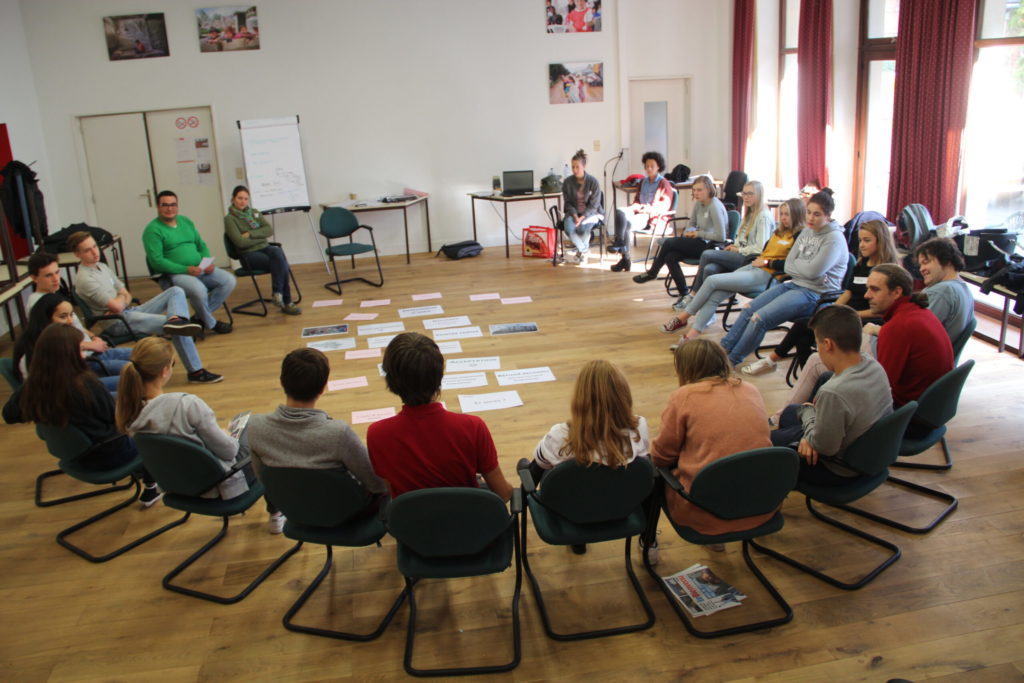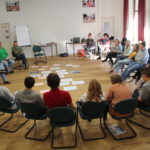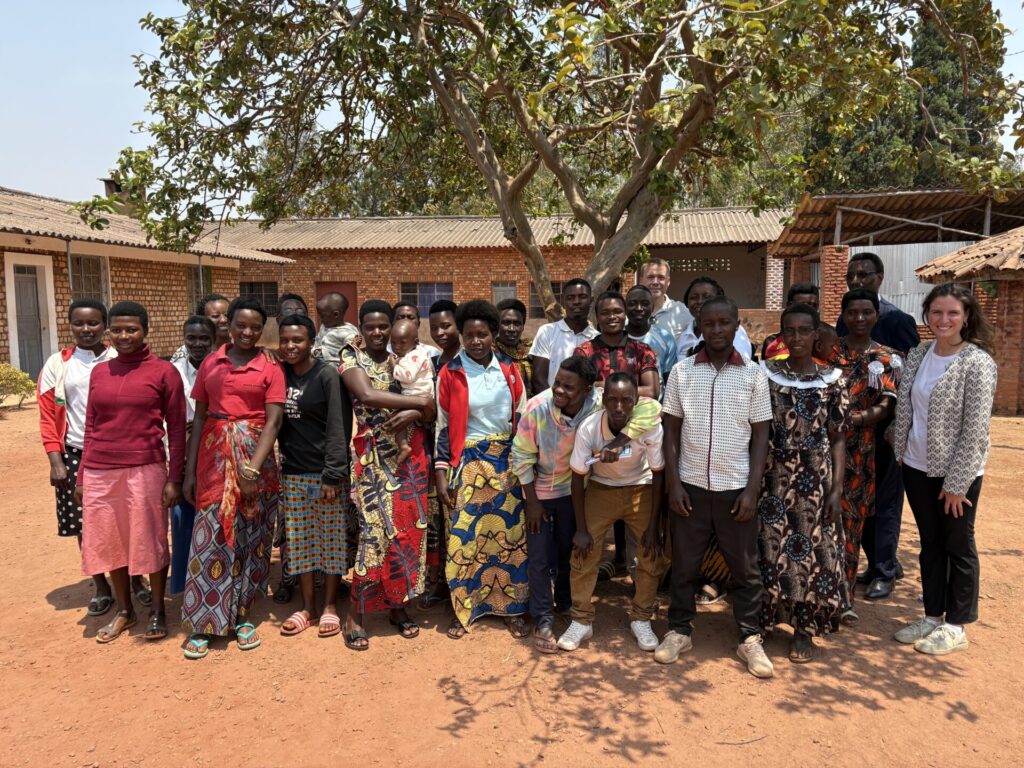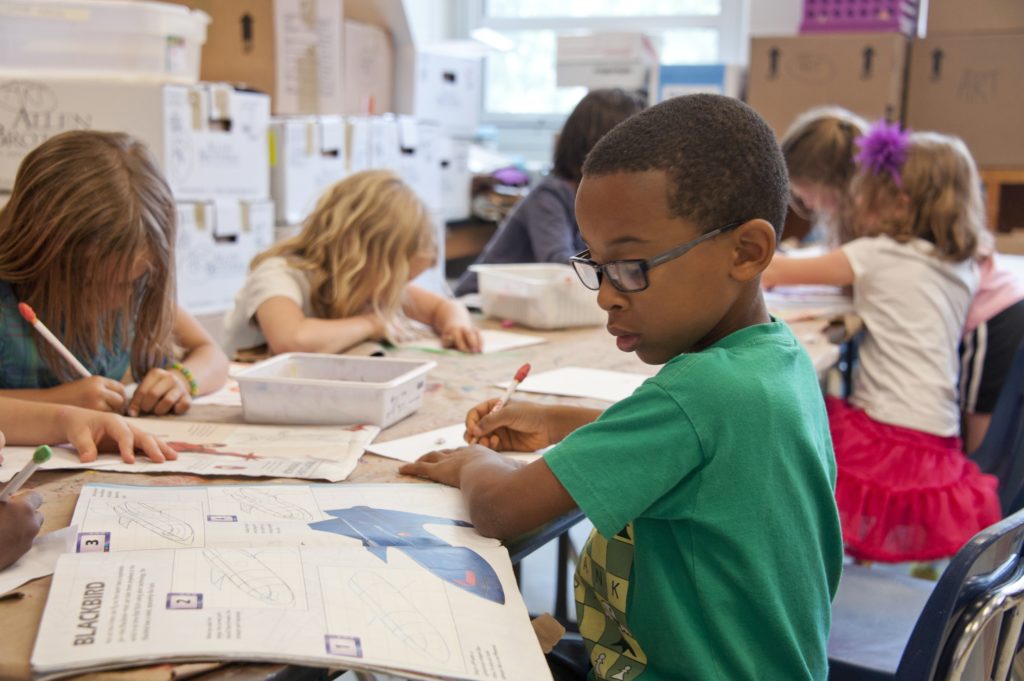The integration of migrant students into our society requires access to education, which constitutes a fundamental right of the child. Does the welcome given to these students in our French-speaking education system allow this hope of integration? Answer: “Can do better”.
In the Wallonia-Brussels Federation, since 2012, a decree has regulated the establishment of a Reception and Schooling System for Newly Arriving Students (DASPA), formerly “bridge classes”. A reform of this system is currently under discussion in the government and a new decree should be applied from the start of the 2018 school year. The aim of DASPA is to ensure “reception, optimal orientation and integration [1]According to the Decree of May 18, 2012 aimed at the establishment of a system for the reception and schooling of newly arrived students in education organized or subsidized by the... Continue reading » of newly arrived students in our education system. It is also aimed at students of foreign nationality who are under 18 years old, who have been attending education organized or subsidized by the Wallonia-Brussels Federation for less than a full school year, who do not know the language sufficiently and whose At least one of the two parents (or guardians) does not have Belgian nationality, except in the case of adoption.Attachments
Notes[+]
| ↑1 | According to the Decree of May 18, 2012 aimed at the establishment of a system for the reception and education of newly arrived students in education organized or subsidized by the French Community. |
|---|---|
| ↑2 | Differentiated first degree classes, 1st and 2nd D or S are "preparatory" classes for the 2nd level of secondary school for students who do not have the CEB (Basic Studies Certificate), with a desire to offer students a differentiated path to the with the help of flexible timetables. |
| ↑3 | We went from 968 secondary school DASPA students in 2010 to 2,318 students in 2017 (Source: Belga). |
| ↑4 | Following increasing demand, the government has launched calls for applications for the launch of new DASPAs. In 2016-2017, 85 schools offered DASPA and 1,130 additional periods (one period = 50 minutes of lessons) were granted. However, this is not enough. |
| ↑5 | A class must have a minimum of 8 students to organize a DASPA but there is no maximum. From 13 students, the school can benefit from additional subsidies for each new student but the supervision becomes less effective. |
| ↑6 | BELLIERE, C., DOCK, J., LEROY N., MAINGAIN V., PONCIN M., ROUSSEAUX S., “A school of success? Not for everyone…”, La Libre (Opinions), http://www.lalibre.be/debats/opinions/une-ecole-de-la-reussite-pas-pour-tout-le-monde-opinion-59df84e5cd70be70bcf2abf4, [Consulted October 25, 2017 |
| ↑7 | BAILLY, O., “A few letters for Leyla”, Médor, Autumn 2016, pp. 20-27. |
| ↑8 | These schools receive additional subsidies because they welcome a more disadvantaged population. |





